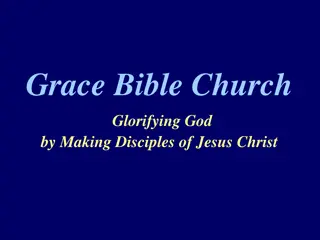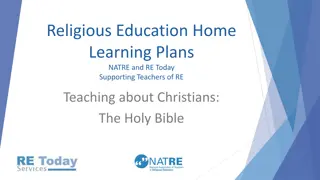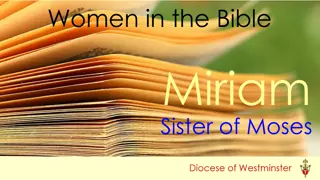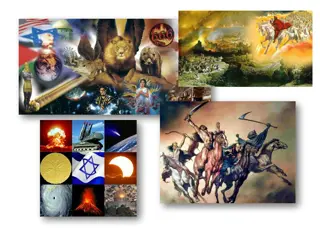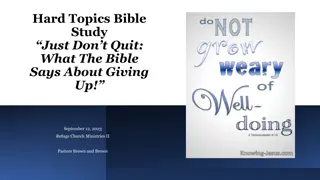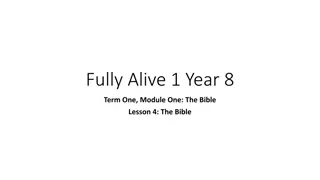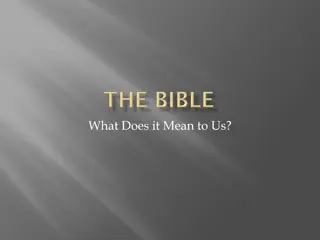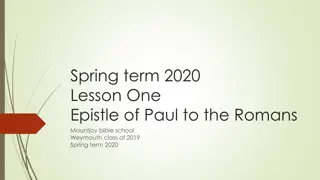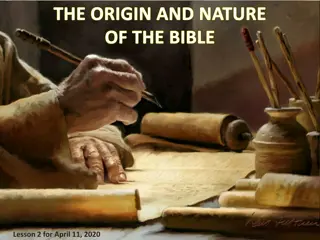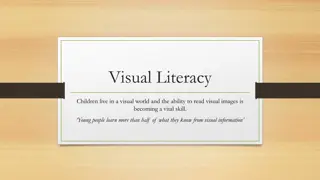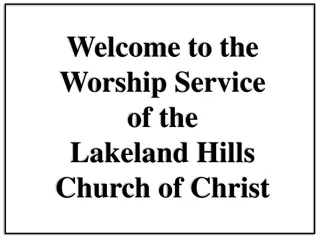Journey Through the Bible: A Visual Overview
Explore the rich history and key events of the Bible through a series of visually captivating images. From the intertestamental period to the coming of the King, witness the unfolding story of redemption and the revelation of God's kingdom through the life of Jesus.
Download Presentation

Please find below an Image/Link to download the presentation.
The content on the website is provided AS IS for your information and personal use only. It may not be sold, licensed, or shared on other websites without obtaining consent from the author.If you encounter any issues during the download, it is possible that the publisher has removed the file from their server.
You are allowed to download the files provided on this website for personal or commercial use, subject to the condition that they are used lawfully. All files are the property of their respective owners.
The content on the website is provided AS IS for your information and personal use only. It may not be sold, licensed, or shared on other websites without obtaining consent from the author.
E N D
Presentation Transcript
INTERLUDE: A KINGDOM STORY WAITING FOR AN ENDING (THE INTERTESTAMENTAL PERIOD)
ACT 4: THE COMING OF THE KING (REDEMPTION ACCOMPLISHED)
IN HIS LIFE JESUS MAKES KNOWN THE KINGDOM OF GOD
IN HIS DEATH JESUS SECURES THE VICTORY OF GOD S KINGDOM
IN HIS RESURRECTION JESUS INAUGURATES THE KINGDOM OF GOD
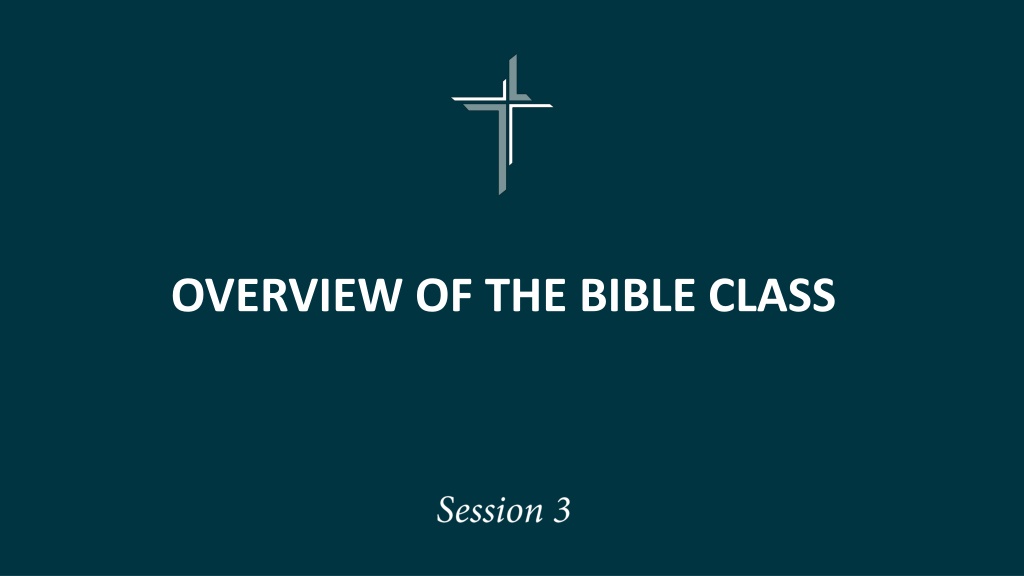

![textbook$ What Your Heart Needs for the Hard Days 52 Encouraging Truths to Hold On To [R.A.R]](/thumb/9838/textbook-what-your-heart-needs-for-the-hard-days-52-encouraging-truths-to-hold-on-to-r-a-r.jpg)
